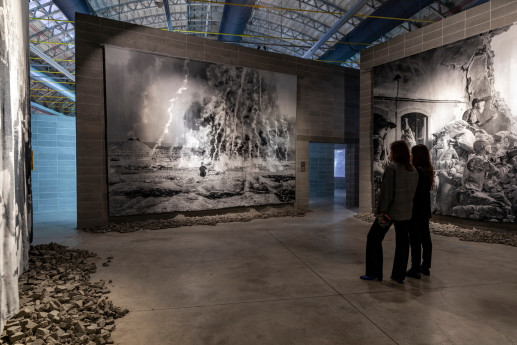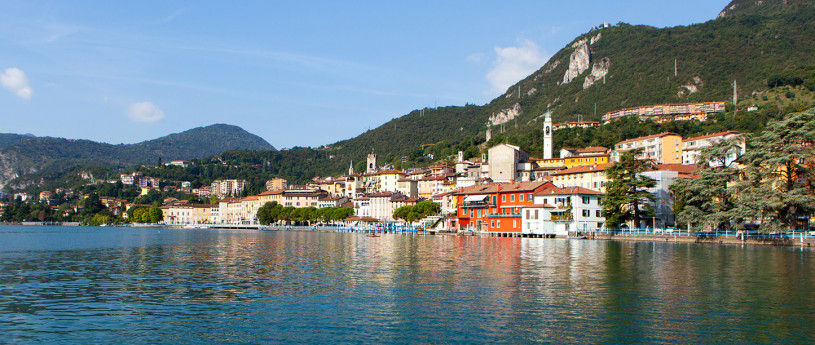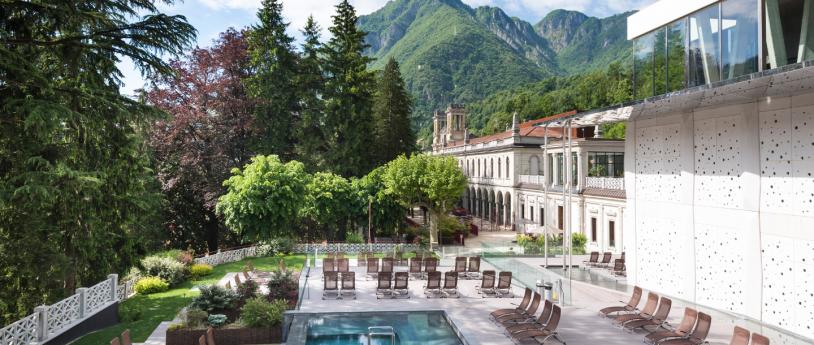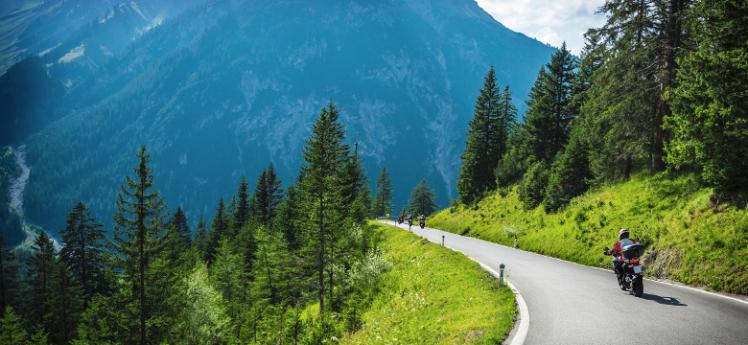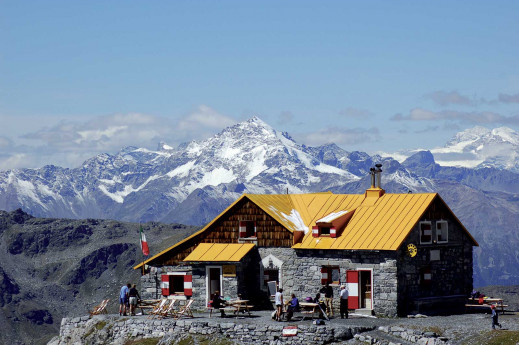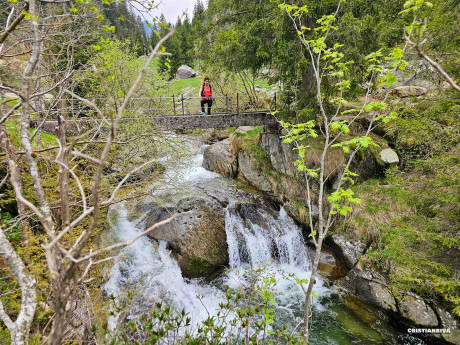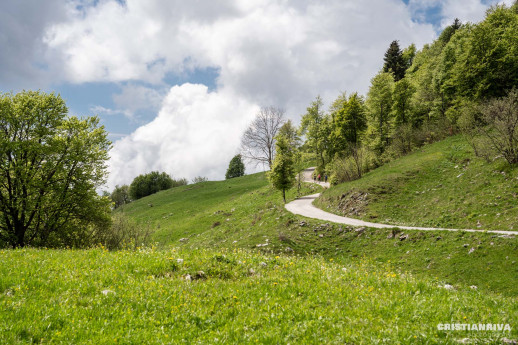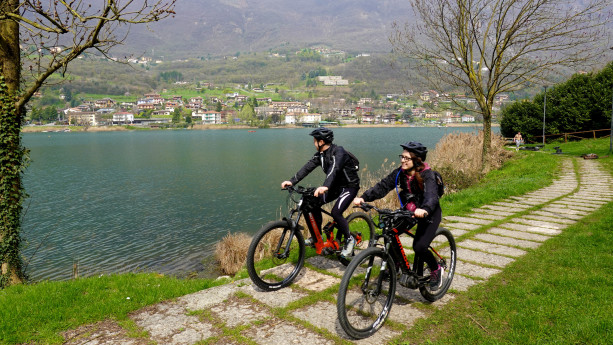de bello. notes on war and peace
de bello. notes on war and peace is the first collective exhibition by gres art 671, a journey through wars and conflicts, seen as a cycle that repeats over time—a phenomenon that spans eras, places, and civilizations, leaving deep marks on collective memory. An experiential exploration of humankind during the universal phases of conflict, regardless of historical or geographical context. The exhibition features over 30 works by old masters, modern, and contemporary artists—both emerging and established—alongside designers and activists. Spanning more than six centuries of history, these pieces invite reflection on how the experience of war shapes emotions, perceptions, and the sense of belonging for those who endure it. The installations, paintings, photographs, sculptures, textiles, and video works on display evoke the succession of emotions and transformations that accompany every conflict: from the illusion of peace to unrest, from alarm to confrontation, up to the resistance and ruins that follow. A cross-sectional view of historical periods and geographies—from the Risorgimento uprisings to Ukraine, from the Middle East to South America. Here, art becomes more than mere testimony: it is an act of resilience, a language capable of translating pain into creation and destruction into rebirth. de bello challenges the audience, confronting them with the scars of history and their repetition, yet also suggesting a possibility for redemption. Through participation in resistance, it ultimately inspires peace.
